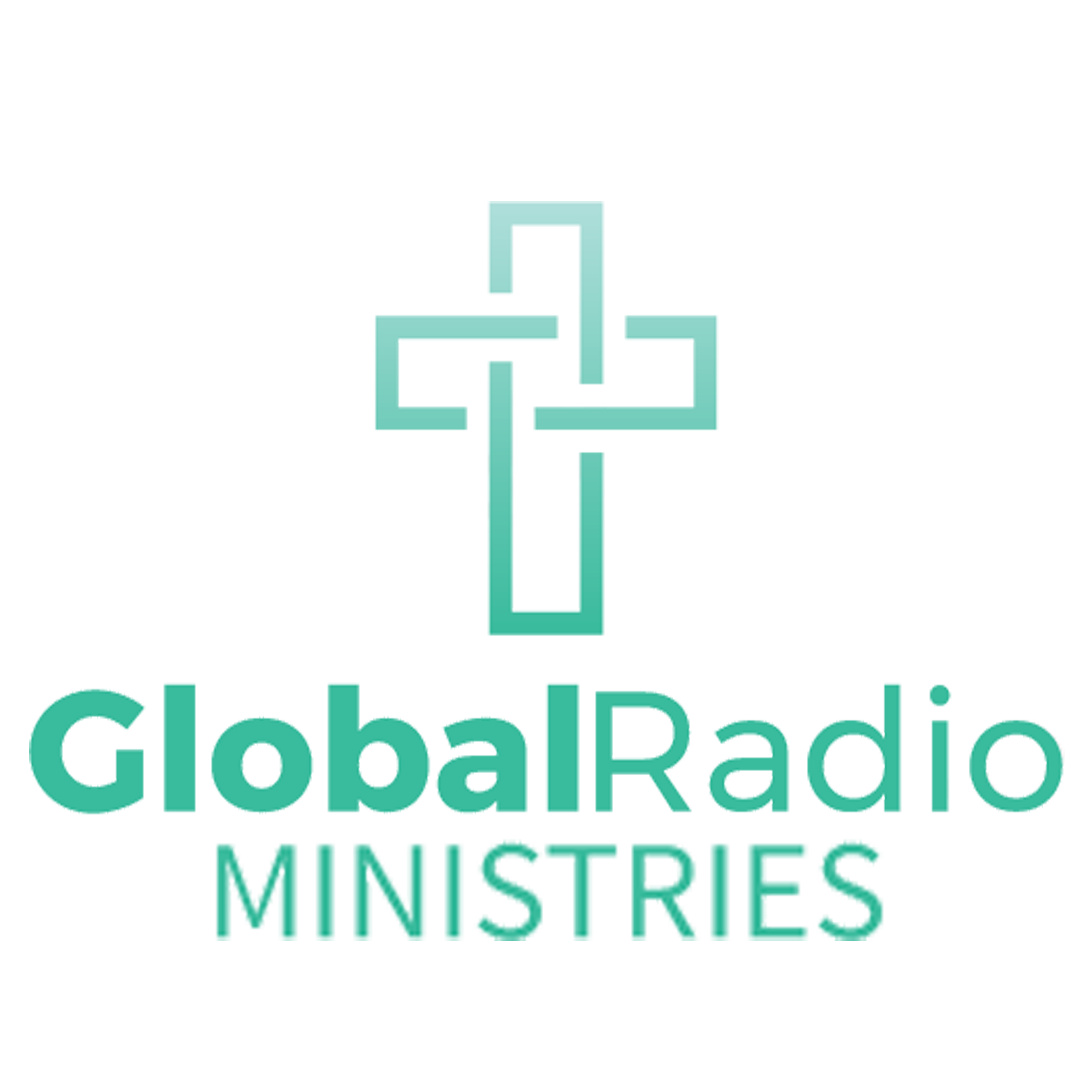Digital Radio Mondiale (DRM; mondiale being Italian and French for “worldwide”) is a set of digital audio broadcasting technologies designed to work over the bands currently used for analogue radio broadcasting including AM broadcasting, particularly shortwave, and FM broadcasting. DRM is more spectrally efficient than AM and FM, allowing more stations, at higher quality, into a given amount of bandwidth, using xHE-AAC (extended High-Efficiency Advanced Audio Coding) audio coding format. Various other MPEG-4 and Opus (audio format) codecs (code/decode) are also compatible, but the standard now specifies xHE-AAC.
Digital Radio Mondiale is also the name of the international non-profit consortium that has designed the platform and is now promoting its introduction. Radio France Internationale, TéléDiffusion de France, BBC World Service, Deutsche Welle, Voice of America, Telefunken (now Transradio) and Thomcast (now Ampegon) took part at the formation of the DRM consortium.
The principle of DRM is that bandwidth is the limited element, and computer processing power is cheap; modern CPU-intensive audio compression techniques enable more efficient use of available bandwidth, at the expense of processing resources.
- Advantages of DRM are:
- Very high quality sound
- Two simultaneous sound programs per transmitter in the same bandwidth
- Greater coverage area at lower transmitter power
- Embedded textual content, such as documents
- On-display metadata, such as station call sign, program title, transmitter location, etc.
- Simultaneous transmission of various data file types
